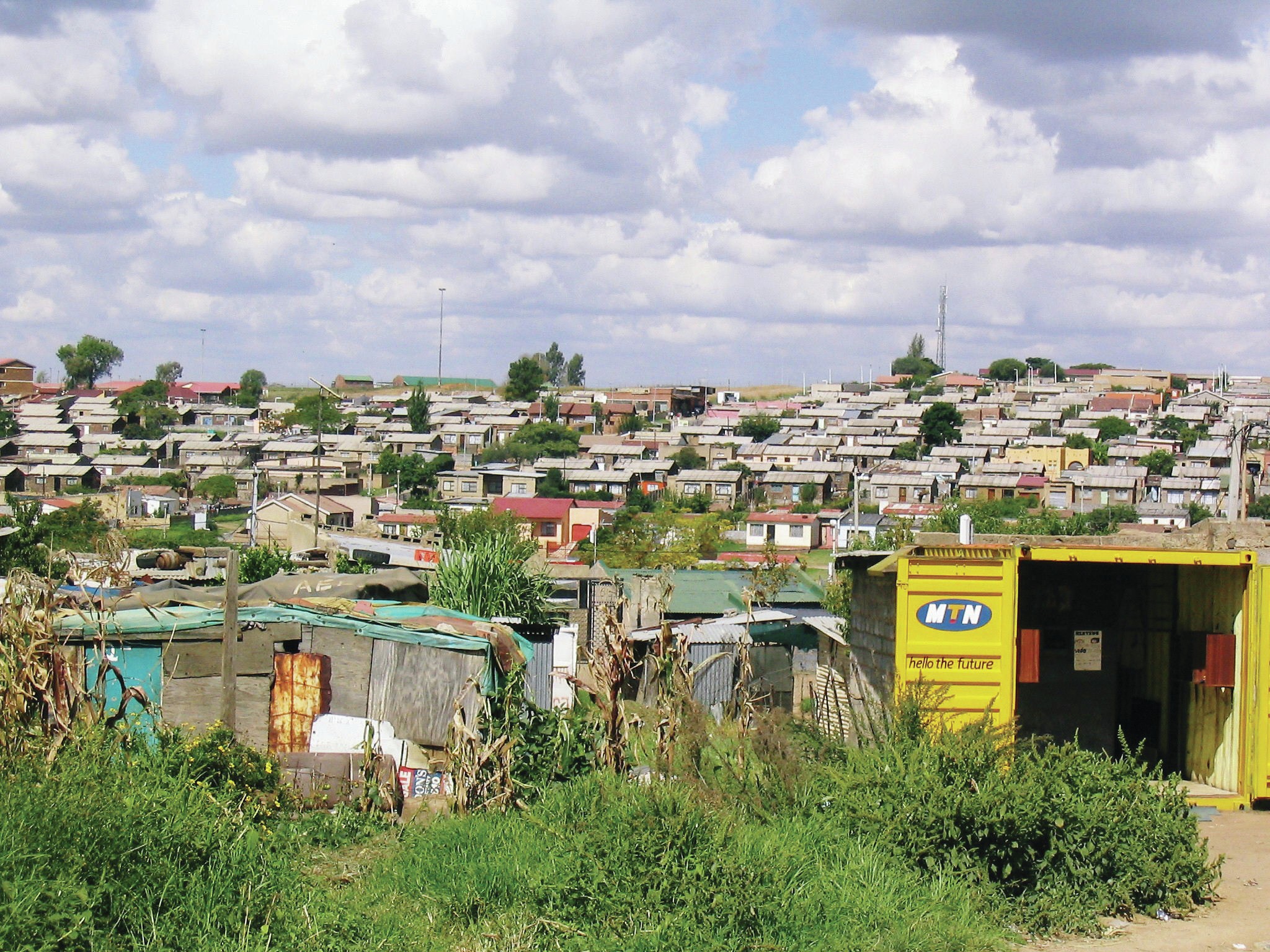
Johannesburg is one of the world’s youngest cities. It began as a tented encampment serving the gold mines of the Witwatersrand, a series of rocky ridges in which gold was discovered in 1886. Johannesburg grew rapidly as migrants flooded into the city seeking work in the mines and factories. Within 10 years it had become South Africa’s largest city with a population of 80,000. Johannesburg has developed to become South Africa’s industrial, commercial and financial centre, with a population today of over 3 million.
Residential segregation based on race occurred in the city from the start. Although racial segregation became formal policy under the apartheid system in the 1940s (Inset 1), areas were being set aside for the city’s non-white population as early as 1887. As the city grew these areas became absorbed and new areas were designated for the black, Indian and Cape coloured populations respectively, this time beyond the city’s boundaries. Racial residential segregation became official policy with the Group Areas Act of 1948 which made it illegal for black Africans to rent or buy property in white designated areas of the city.
Your organisation does not have access to this article.
Sign up today to give your students the edge they need to achieve their best grades with subject expertise
Subscribe




